What to Eat After Wisdom Teeth Removal
- Most people get back to eating normally within one to two weeks after wisdom teeth removal, but recovery works best in stages. In the first 24–48 hours, stick to liquids and very soft foods like broths, smoothies, and yogurt to avoid irritating your mouth.
- By days 4–7, you can usually add gentle, filling foods such as scrambled eggs, oatmeal, mashed potatoes, and soft-cooked vegetables. These provide more variety without putting too much strain on your gums.
- It’s still important to avoid anything that might slow healing. Spicy, crunchy, sticky, hot, or fizzy foods can irritate your gums or get trapped in extraction sites, so hold off until chewing feels comfortable again.
- To speed recovery and keep swelling down, focus on protein-rich soft foods like Greek yogurt, cottage cheese, protein shakes, or tender fish. These give your body the building blocks it needs to heal.
- Gradually reintroducing new textures while choosing nourishing foods will help you return to a normal diet as smoothly as possible.
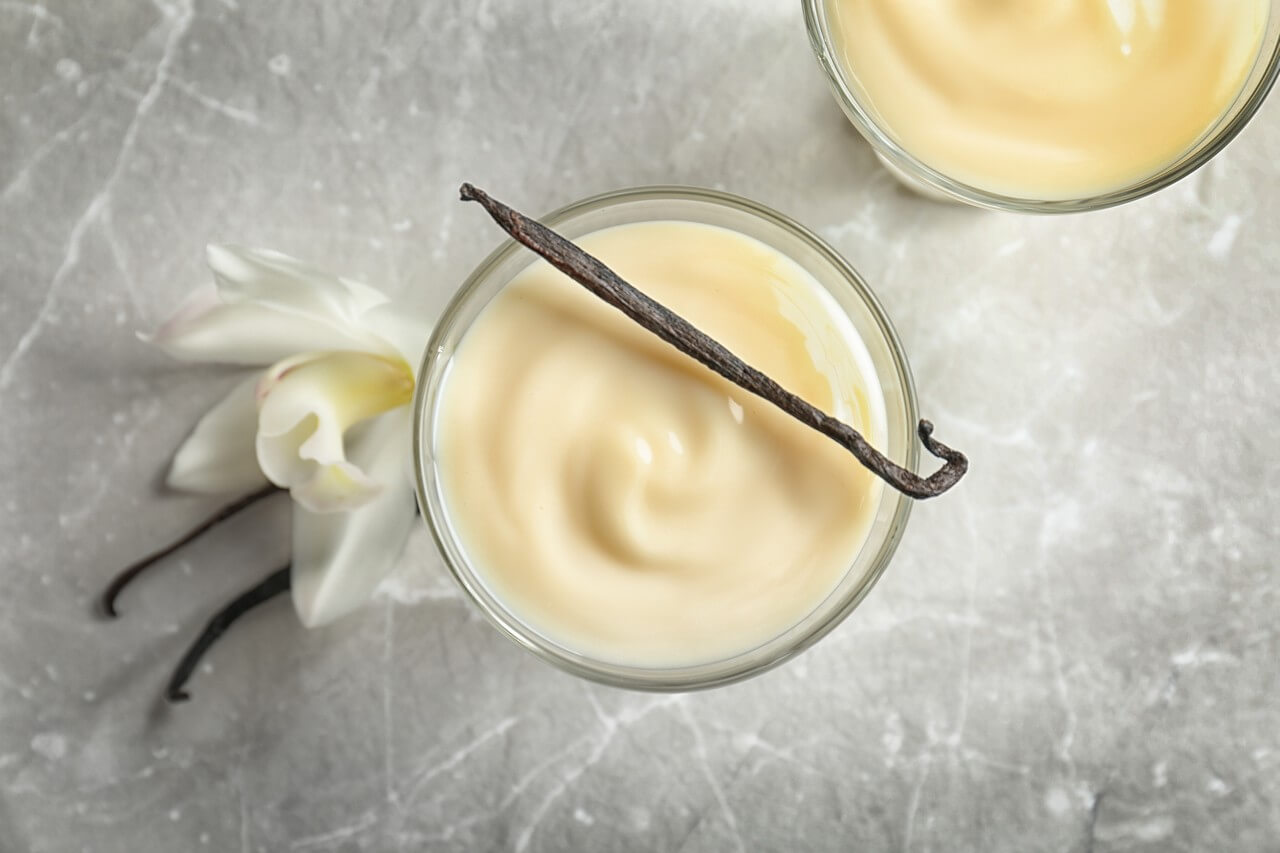
If you’ve had your wisdom teeth removed or are preparing to go into surgery, you’re likely wondering when you can eat normally again. With the right specialist in wisdom teeth removal in Murrieta, you’ll avoid complications and be able to eat normally very soon. Still, it’s important to be very well-informed on what foods are acceptable during your recovery process. Here’s a guide to what you can eat in the days and weeks following your surgery.
At a glance
Recovery timeline
Most people return to regular meals in 1–2 weeks, starting with soft foods and gradually reintroducing solids.
First few days
Stick to liquids and soft foods like soup, pudding, and yogurt. Avoid crunchy or spicy meals to speed up healing.
Foods after 4–7 days
Add scrambled eggs, mashed potatoes, oatmeal, and soft vegetables. Hold off on chewy or crunchy textures until gums recover.
Recovery timeline
Most people return to regular meals in 1–2 weeks, starting with soft foods and gradually reintroducing solids.
First few days
Stick to liquids and soft foods like soup, pudding, and yogurt. Avoid crunchy or spicy meals to speed up healing.
Foods after 4–7 days
Add scrambled eggs, mashed potatoes, oatmeal, and soft vegetables. Hold off on chewy or crunchy textures until gums recover.
When can I eat normally after wisdom teeth removal?
Most people can return to a normal diet within 1–2 weeks, but you’ll need to start with soft foods and add solids back gradually.
- First 24 hours: Stick only to soft foods like soup, pudding, or ice cream.
- Next few days: Slowly reintroduce more solid options, but steer clear of spicy, acidic, or crunchy foods that may cause discomfort or disturb the healing sites.
By following your dentist’s instructions and listening to your body, you’ll usually be back to your regular meals within a week or two without complications.
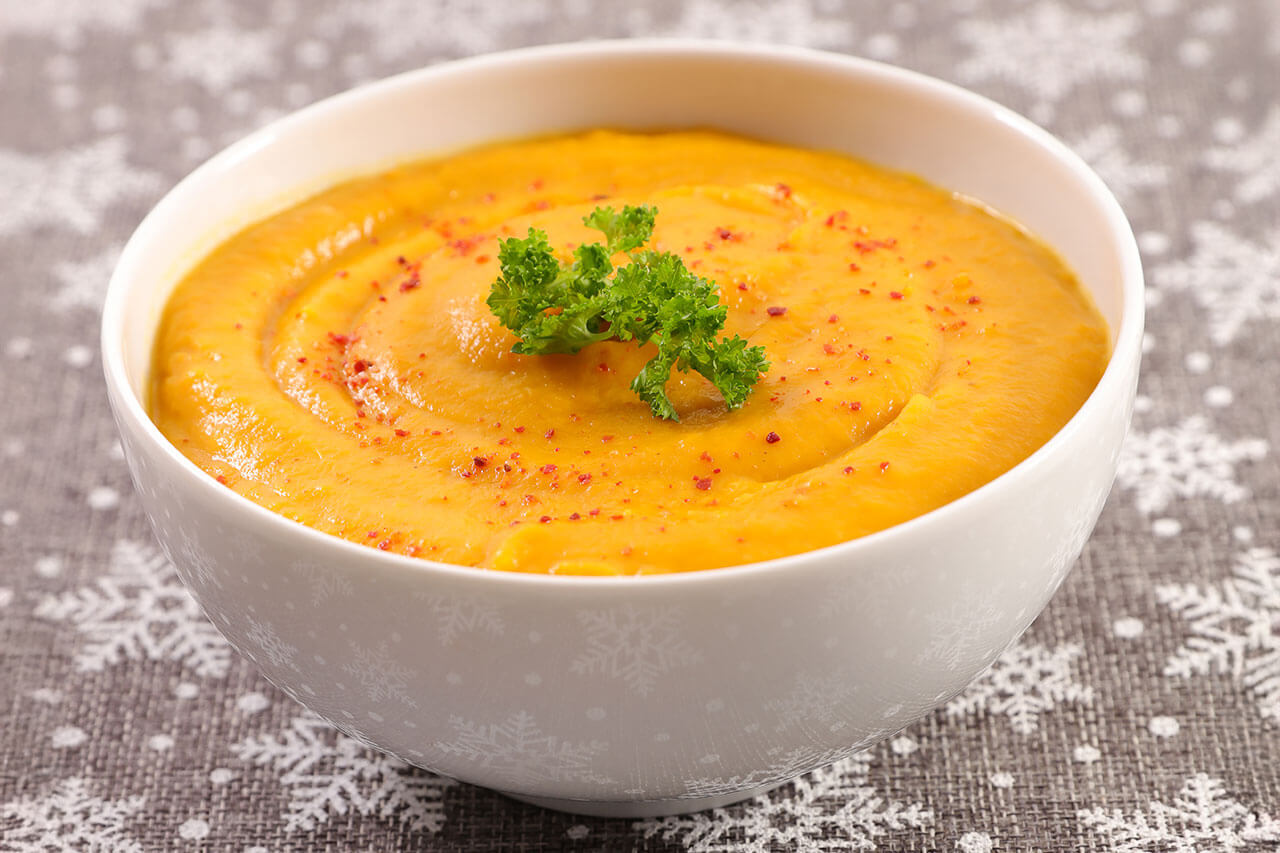
What can I eat 4 days after wisdom teeth removal?
After a few days, you should be able to gradually introduce more solid foods into your diet. Some good options include oatmeal, mashed potatoes, scrambled eggs, cooked vegetables, and finely chopped meat. Naturally, it’s still crucial to focus on a safe wisdom teeth recovery diet and avoid anything hard or crunchy. By following these guidelines, you’ll be on the road to recovery in no time.
What can I eat 7 days after wisdom teeth removal?
After 7 days, you should be able to return to your usual diet. Still, it’s recommended that you keep avoiding very crunchy and hot food for a few days longer.
If you have any stitches, they will most likely dissolve and fall out in approximately a week, so you don’t have to go and get them removed. This will make eating and chewing even easier.
How can I maintain good nutrition after wisdom teeth removal?
The best way to maintain good nutrition after wisdom teeth removal is to stick with soft foods that give your body the protein, vitamins, and minerals it needs to heal. What you eat has a direct impact on how quickly you recover; the right foods can help reduce swelling, speed up tissue repair, and keep your energy levels steady, while the wrong ones may irritate the surgical sites or even cause complications.
Here’s what to keep in mind:
Prioritize protein and vitamins
- High protein soft foods like greek yogurt, cottage cheese, and scrambled eggs give your body the building blocks it needs to repair tissue.
- If you follow a plant-based diet, there are plenty of options too. Mashed lentils, silken tofu, and avocado make excellent vegan soft foods after wisdom teeth removal.
- Soft fruits and vegetables such as applesauce, pureed spinach, and mashed avocado provide vitamins A, C, and K to support healing.
- Try not to rely only on pudding or ice cream. Instead, balance them with nutrient dense foods to keep your energy levels up and promote a faster recovery after wisdom teeth removal.
Make smoothies and shakes part of your routine
- Blend yogurt, protein powder, and soft fruits
- Use a spoon instead of a straw (to protect the clot)
- Add spinach or avocado for extra vitamins
- Try of the best soft food recipes after wisdom teeth removal, such as blended oats, honey, and banana pudding bowls
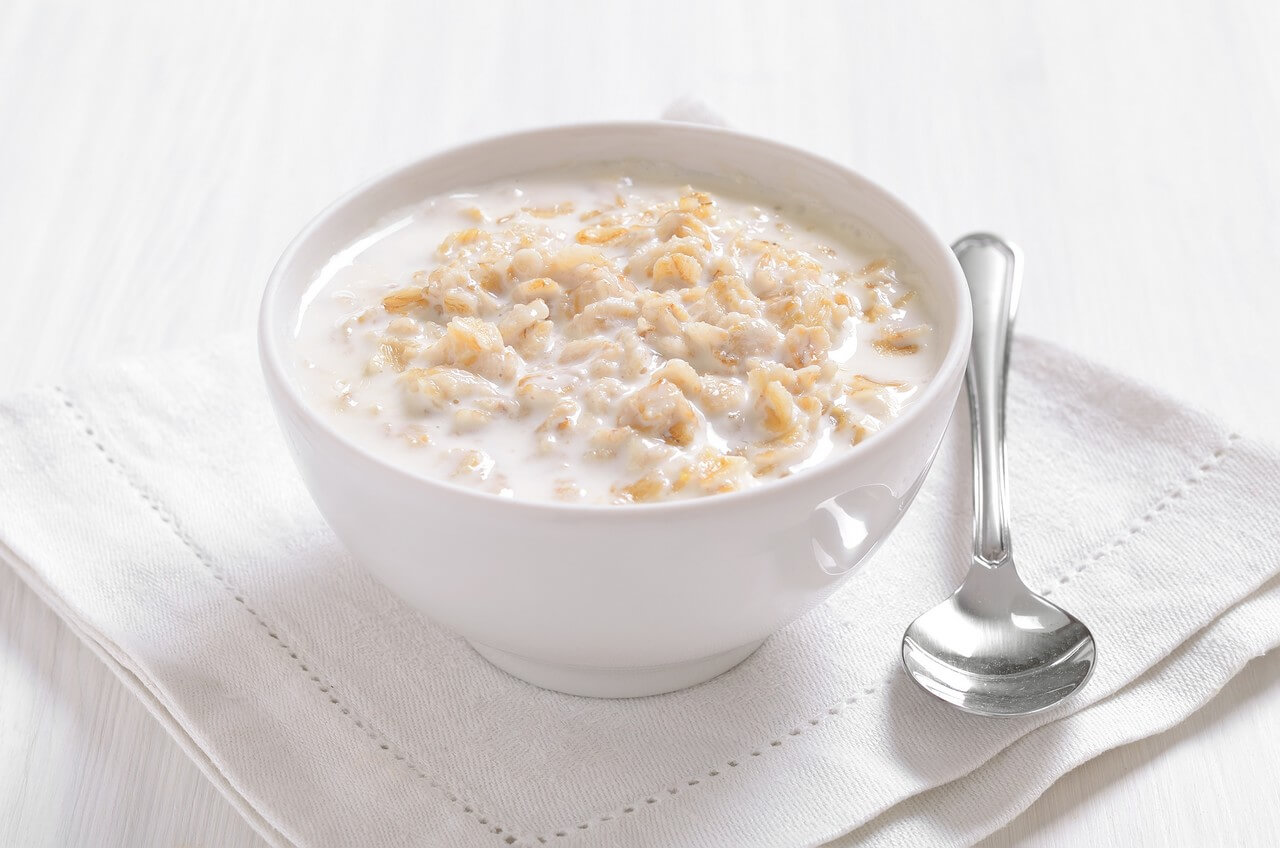
Stay well-hydrated
- Drink plenty of water
- Avoid alcohol and caffeine early on
- Skip hot drinks for the first couple of days. Choose safer options, like water, milk, mild herbal teas served lukewarm
By sticking with soft foods that are rich in protein, vitamins, and minerals—and by drinking plenty of safe fluids—you give your body everything it needs to heal smoothly. If you’re ever unsure about whether you’re meeting your nutritional needs, your oral surgeon can guide you toward the best diet choices for your recovery stage.
What are some tasty soft foods I can eat during wisdom tooth removal recovery?
You’ll find lots of soft foods after wisdom teeth removal that are easy on your mouth but still satisfying, so you’re not limited to plain purees while you heal. By mixing and matching safe options, you can essentially build a meal plan for wisdom teeth removal recovery that keeps you satisfied and properly nourished. For example, a typical day’s menu early on might be a yogurt or smoothie for breakfast, pureed soup for lunch, and mashed potatoes with gravy and scrambled eggs for dinner.
Below are some nutritious soft food choices to keep your recovery meals balanced and enjoyable:
Smoothies and shakes
Blended fruit smoothies, milkshakes, and protein shakes are filling and easy to consume. Mix yogurt or milk with bananas, berries, or peanut butter for a smoothie treat (just use a spoon, not a straw to avoid suction). These drinks can be packed with vitamins and are pleasantly cold, which can help soothe soreness.
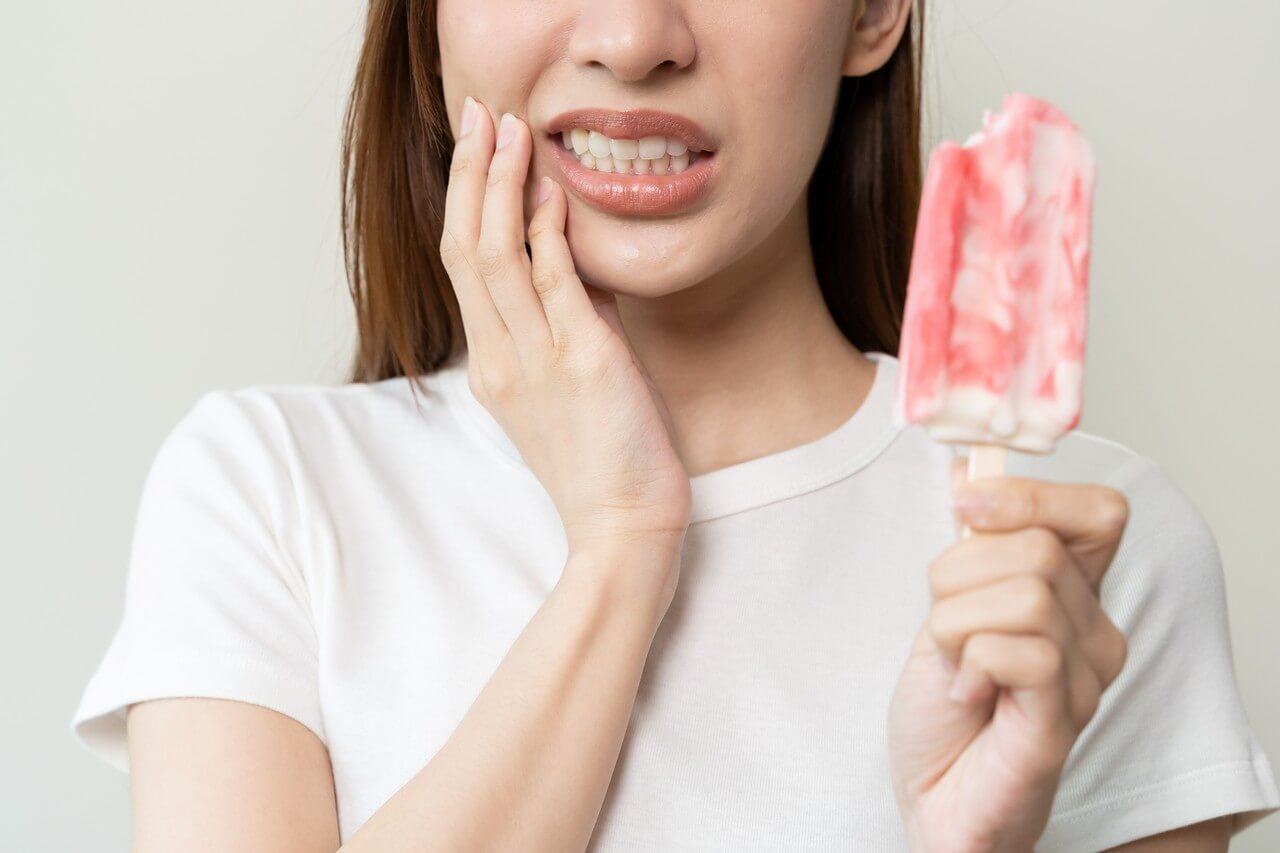
Pureed or creamy soups
Warm (not hot) soups are a go-to after oral surgery. Try options like blended vegetable soup, smooth tomato bisque, butternut squash soup, or chicken broth with very soft noodles. Soups provide hydration and nutrients with minimal chewing. Ensure the soup is lukewarm and strain out any large chunks of meat or veggies that haven’t been pureed.
Mashed or soft-cooked vegetables
You don’t have to miss out on your veggies. Soft options like mashed potatoes, sweet potatoes, puréed pumpkin, or well-cooked carrots and peas are easy on your mouth and packed with vitamins. For something creamy and nourishing, try smooth hummus or mashed avocado for a boost of healthy fats. These choices let you enjoy your greens without the need for chewing.
Oatmeal or congee (rice porridge)
Cooked cereals and grains can be very comforting. A bowl of oatmeal (cooked until very soft) or congee (a soft Asian rice porridge) makes a satisfying meal. You can flavor oatmeal with a bit of cinnamon or honey for sweetness. Congee can be made savory with a dash of soy sauce or blended vegetables. Both are warm, easy to swallow, and gentle on sore gums.
Scrambled eggs or soft tofu
For protein-packed meals, eggs are your friend. Scrambled eggs (or a soft omelette) are fluffy and require almost no chewing. You can mix in very finely chopped soft veggies or melted cheese for extra flavor. If you’re vegetarian or just want variety, silken tofu or very soft cottage cheese are also excellent protein sources with a smooth texture. These will help you feel full and aid tissue repair without straining your mouth.
Soft pasta and noodles
Once you’re starting to feel a little better, soft pasta makes a great addition to your meals. Think creamy macaroni and cheese or extra-tender noodles like ramen or spaghetti cooked well past al dente. You can also go for overcooked rice or a gentle risotto for a comforting starch. Stick with mild flavors at first; something like Alfredo or a light broth is a safer choice than a spicy arrabbiata while you’re healing.
Cool treats and snacks
Believe it or not, you can still satisfy your sweet tooth in moderation. Ice cream, frozen yogurt, pudding, and Jell-O are all classic post-extraction treats. Their cold temperature can numb and soothe the area, offering relief. Go for plain flavors without any nuts, candy bits, or crunchy mix-ins that could get stuck or hurt your gums. Other ideas include chilled applesauce (for a fruity fix) or a creamy yogurt topped with a bit of smooth jam. These soft snacks can make the recovery period a little more enjoyable.
The key is to maintain variety so you get a range of nutrients and don’t get too bored with your diet.
What can a child eat after tooth removal?
Younger patients benefit from a gentle, kid-friendly diet after wisdom teeth removal that feels fun but is still safe for their gums. Think smoothie bowls, extra-soft mac and cheese, mashed potato bowls, and chilled fruit popsicles. These choices balance comfort with proper nutrition so kids can recover smoothly.

Here’s how to make it easier for them:
1. Breakfast-friendly ideas
Smoothies and shakes
- Blended fruit smoothies, milkshakes, and protein shakes
- Yogurt or milk with bananas, berries, or peanut butter
Oatmeal or congee
- Oatmeal flavored with cinnamon or honey
- Savory congee with soy sauce or pureed veggies
2. Lunch and dinner options
Pureed or creamy soups
- Vegetable soup, tomato bisque, butternut squash soup
- Chicken broth with soft noodles
Mashed or soft-cooked vegetables
- Mashed potatoes, sweet potatoes, pumpkin, carrots, peas
- Hummus or mashed avocado
Scrambled eggs or soft tofu
- Fluffy scrambled eggs or omelets
- Silken tofu or cottage cheese
Soft pasta and noodles
- Macaroni and cheese, ramen, or spaghetti (very soft)
- Overcooked rice or risotto
3. Snacks and treats
Cool treats and snacks
- Ice cream, frozen yogurt, pudding, Jell-O
- Applesauce or creamy yogurt with smooth jam
The goal is to offer choices that are familiar and comforting, but still safe for healing mouths. Teens especially appreciate food that feels “normal” rather than clinical, so adding variety and fun textures can help them stick to a soft-food diet without too much resistance.
What foods should I avoid after wisdom teeth removal?
Knowing foods to avoid after wisdom teeth removal is just as important as knowing what you can eat. Spicy, crunchy, sticky, overly hot, or fizzy foods can all be harmful for your healing gums. Hard foods like nuts, sticky candy, and sharp chips should be put on pause until your mouth has healed. Let’s take a closer look at the main categories to steer clear of:
- Spicy and acidic foods: Hot peppers, salsa, citrus fruits, and tomato-based dishes may seem harmless, but they can sting sensitive tissue and inflame your gums. It’s a good idea to wait until the extraction sites are less tender before reintroducing them.
- Crunchy or hard foods: Anything that cracks or crunches—chips, nuts, popcorn, raw carrots, crusty bread, even crispy cookies—puts your healing gums at risk. These foods can dislodge the blood clot that’s protecting the site or leave sharp bits stuck in the socket. Save them for later, once the tissues are sturdier.
- Small grains and seeds: Tiny foods like rice, quinoa, seeds, or granola are notorious for sneaking into extraction sites. Because they’re difficult to flush out, they can slow down healing or lead to infection. Stick to smoother textures until the sockets have fully closed, usually after about two weeks.
- Sticky or chewy foods: Taffy, caramels, gummy candy, or chewy meats such as steak and jerky require too much pulling and chewing. They can tug at stitches, reopen wounds, or dislodge a clot. Hold off until your dentist confirms your gums are strong enough.
- Very hot foods and drinks: Heat can irritate tissues and soften the protective blood clot. Skip steaming soups, boiling-hot coffee, or freshly brewed tea during the first several days. Let meals cool to lukewarm before eating, or stick to chilled and room-temperature options that are gentler and more soothing.
- Carbonated or alcoholic beverages: Fizzy sodas can loosen clots with their bubbles, and their sugar and acid can be tough on delicate gums. Alcohol also dries out your mouth and interferes with the healing process, especially if you’re taking pain medication. To stay on the safe side, avoid both for at least a week and stick to water, milk, or mild herbal teas instead.
In short, anything hard, sharp, sticky, or overly spicy should be put on pause. They can irritate your gums and even lead to painful issues like dry socket, which slows down recovery. Once your dentist gives the green light and your mouth is healing well, you can start adding them back in. Until then, a little patience and smart food choices will make the healing process much easier.
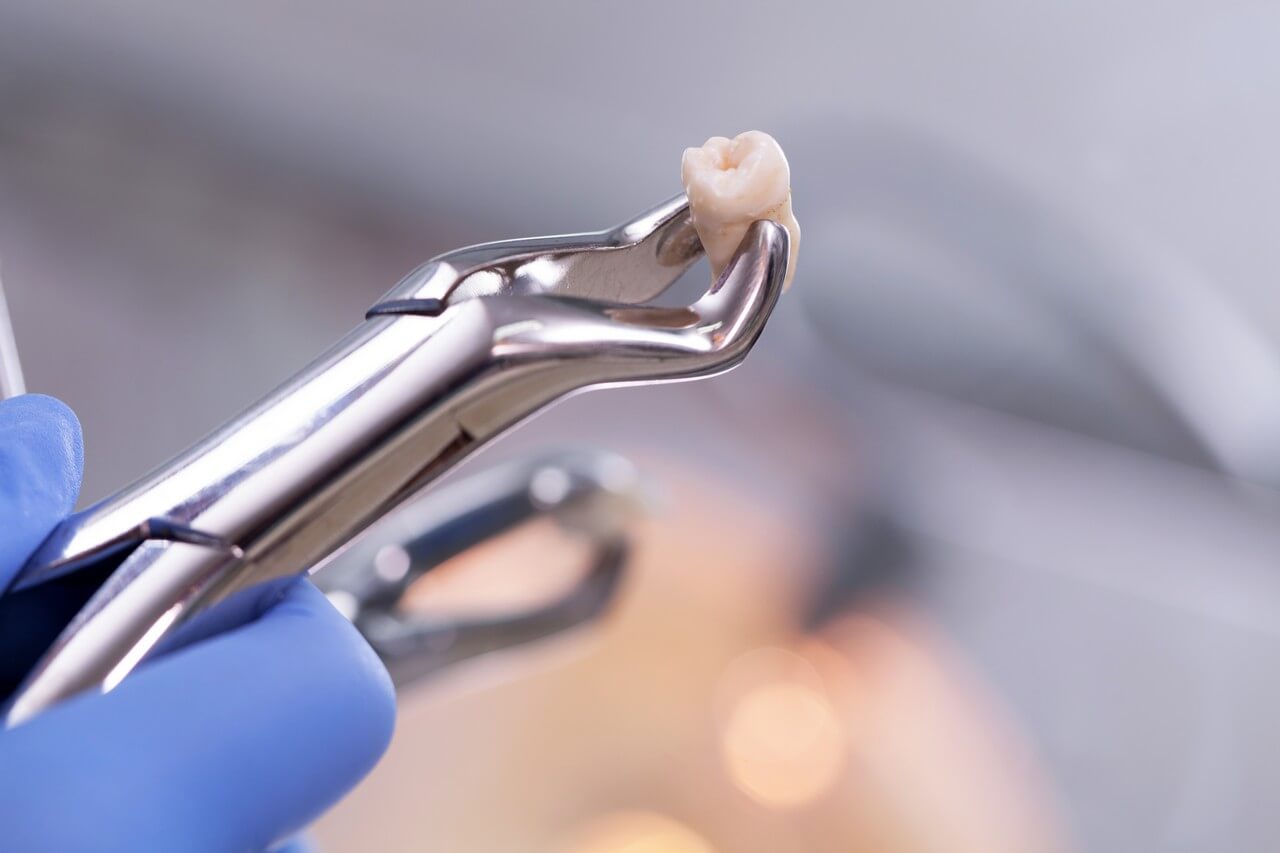
When to reintroduce certain foods?
Recovery looks a little different for everyone, but the rule of thumb is to start with soft foods and gradually work your way back to regular meals. Most people can handle solid foods after wisdom teeth removal within about a week, though it depends on how fast your mouth heals. Here’s a quick guide to when common foods are safe to add back in
Grains
Stick with very soft options like oatmeal or congee in the first few days. Foods with tiny particles, like rice, quinoa, and couscous, are best saved for after the first week or two, when the risk of them getting stuck is much lower.
Fish
Gentle, flaky fish such as salmon or tilapia can usually be added around days 5–7. Make sure it’s baked or steamed and free of bones. Anything fried, crunchy, or heavily seasoned should wait until you can chew without discomfort.
Meat
If you’re asking yourself if it’s safe to eat meat after wisdom teeth removal, the safest time to start is usually around the one-week mark. Begin with soft, moist options like shredded chicken, turkey, or ground meats such as meatballs and meatloaf. Save tougher cuts — like steak, pork, or anything chewy — until your dentist says you’re fully healed
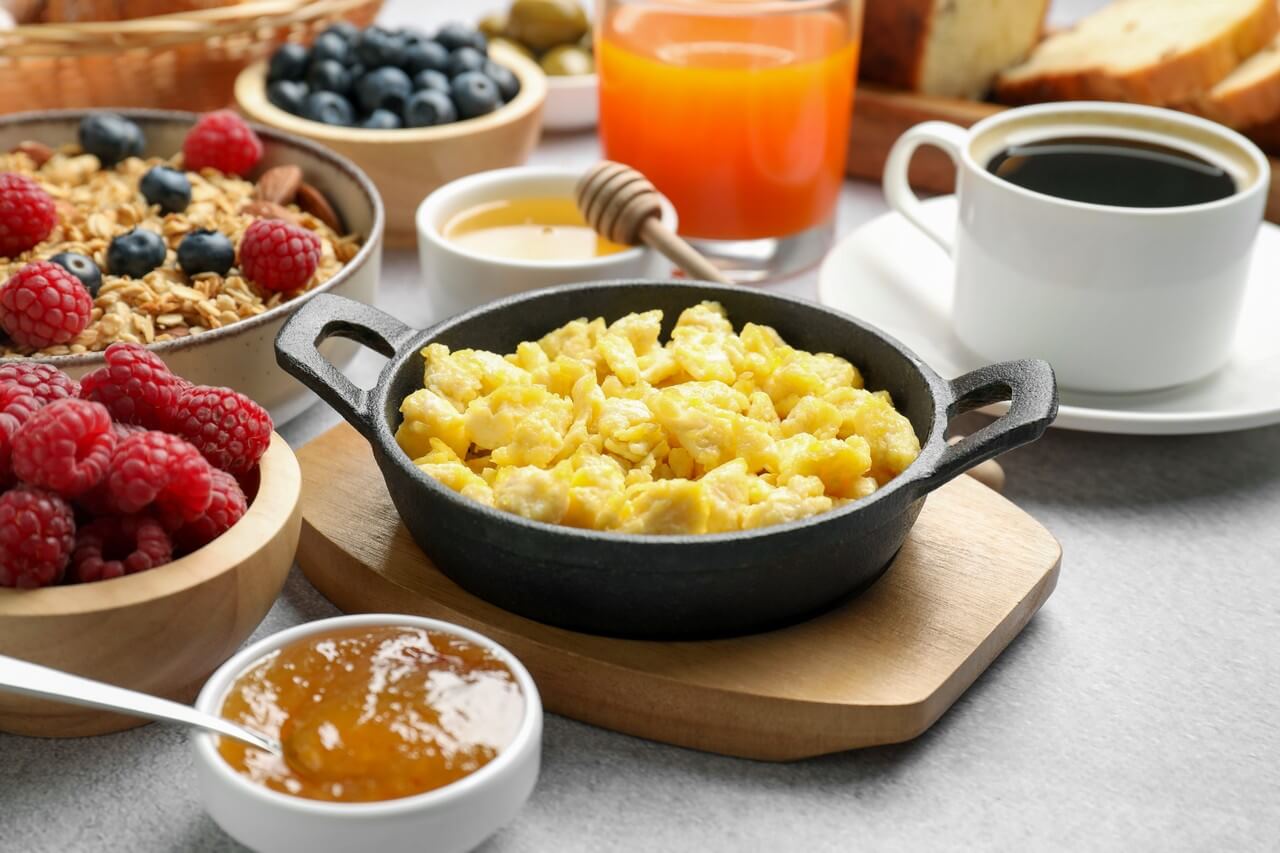
Bread
Many people also look forward to bread again. Soft slices without crusts are usually fine after a week, but chewy rolls or crusty loaves should stay off the menu until your gums feel stronger and chewing is no longer uncomfortable. In other words, you can enjoy bread after wisdom teeth removal fairly early, but only in its softest form.
Think of recovery as climbing a ladder. Start at the bottom with tender, easy-to-chew foods and move up step by step as your comfort improves. If you try something and it feels too soon, step back for a few more days before testing it again.
What are other things to pay attention to after the surgery?
Apart from your diet, you need to focus on careful oral hygiene, avoiding habits that slow healing, and keeping your body hydrated. Following these steps will help you recover faster and get back to normal activities.
- Brush carefully: Once the numbness from the anesthetic wears off, you will be able to brush your teeth carefully. Avoid brushing vigorously for the first week. A salt-water based mouthwash prescribed by your doctor may help.
- Don’t smoke: Smoking can delay healing and increase the risk of developing dry socket, where the blood clot at the site of the extraction becomes dislodged. If you’re a smoker, it’s best to wait at least a week before resuming your habit to avoid any unpleasant complications.
- Don’t use a straw: You should avoid using a straw for at least 24 hours. This is because the suction created by straws can cause the blood clot in the socket to become dislodged.
- Stay hydrated: Drink plenty of water to stay hydrated and speed up the healing process. It’s also important to avoid drinking alcohol and sugary drinks.

Where do I go for discomfort-free wisdom teeth removal in Murrieta & the surrounding area?
If you’re having trouble with your wisdom teeth, it’s time to find a skilled oral surgeon who can determine if you’re a candidate for a wisdom tooth extraction and skillfully perform this surgery. Having your wisdom teeth removed can sound daunting, but with an experienced oral surgeon, it doesn’t have to be.
At Temecula Dental Implants & Oral Surgery, our goal is to make the process as smooth and discomfort-free as possible for our patients. We offer a variety of sedation options to help you relax during the procedure, and our experienced Dr. Tsvetov will take care of you every step of the way.
Dr. Tsvetov is gentle and caring, and he goes out of his way to make sure that you are comfortable throughout your procedure. In addition to this, we utilize the latest technology and techniques to ensure a safe and successful surgery.
Whether you’re near Springbrook Park or anywhere else in the area, you’re welcome to reach out to us to learn more or schedule an appointment.

